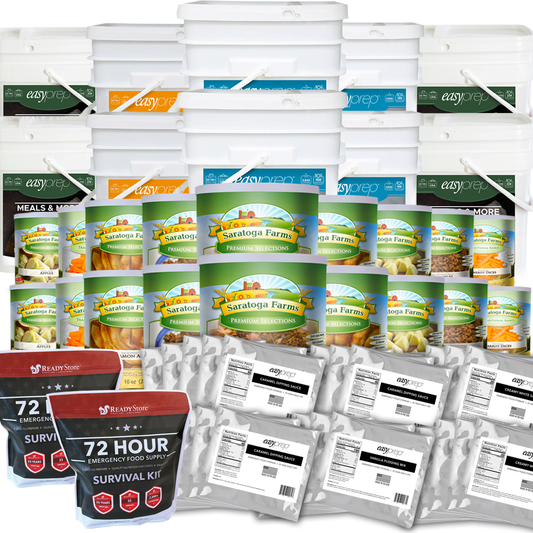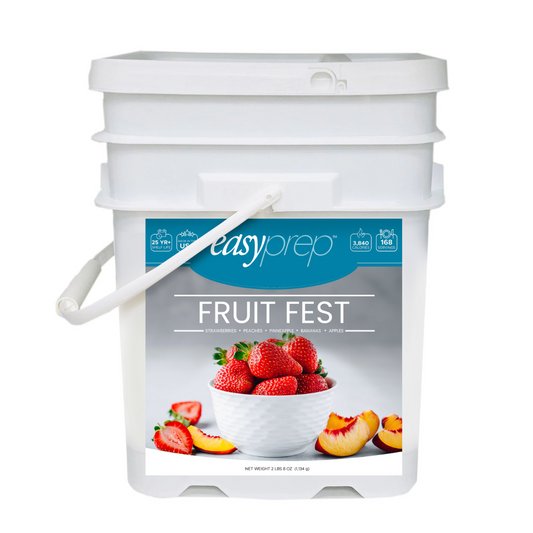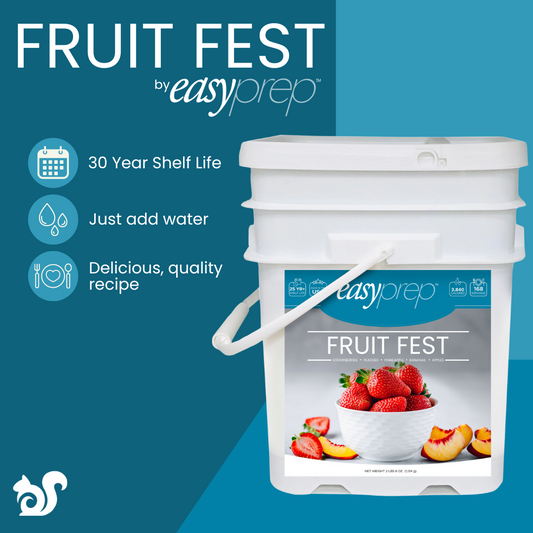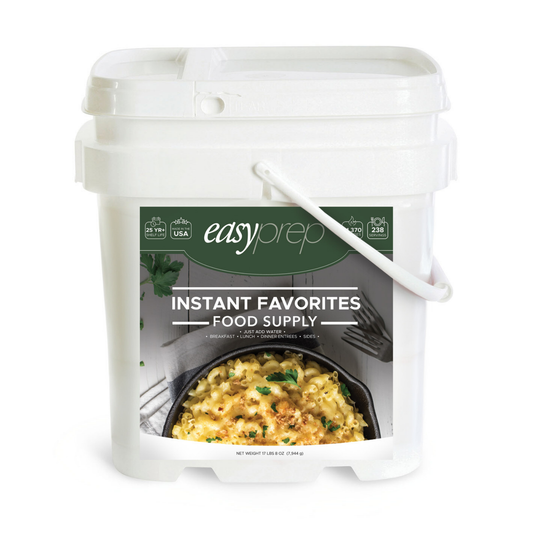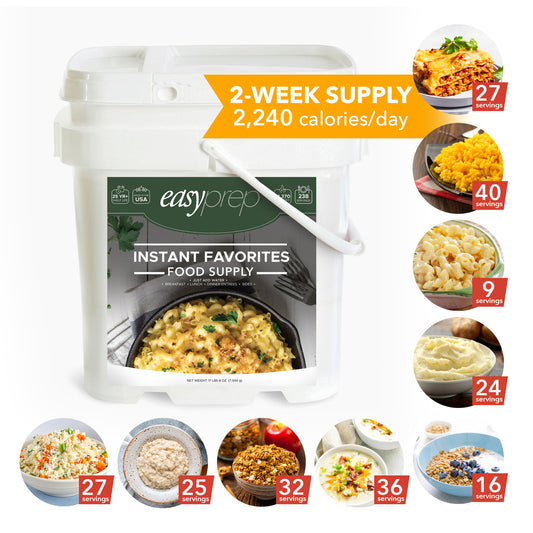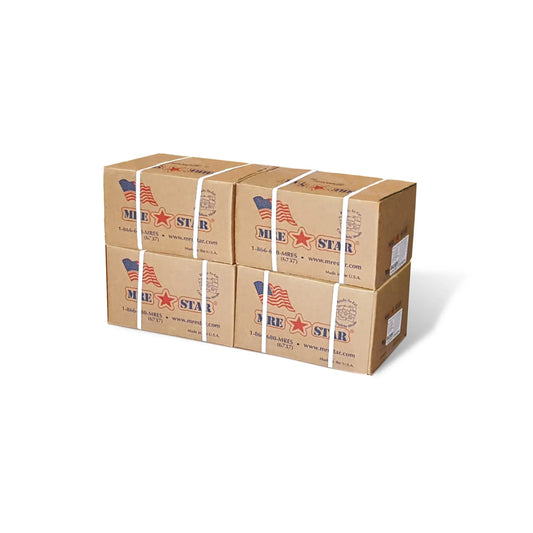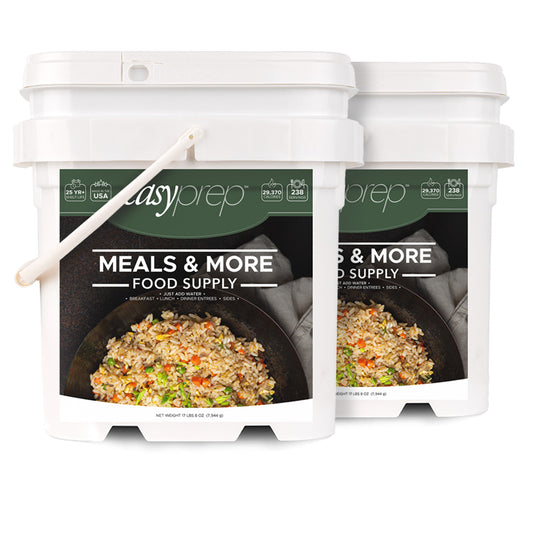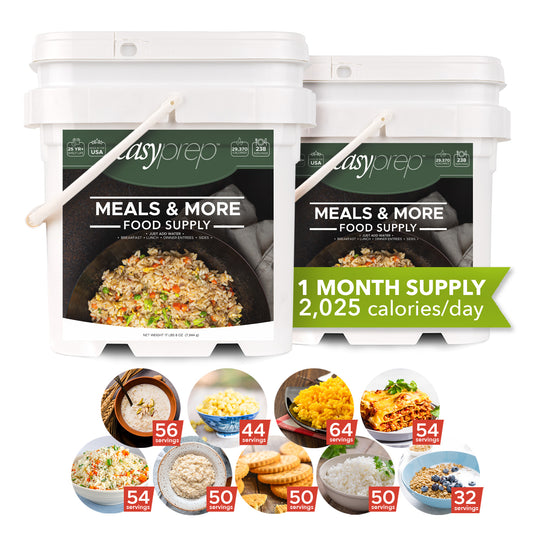How to Harvest and Store Your Own Seeds
03 Oct 2015
Seeds are an essential part of the sustainability of our eco system. Saving seeds from the plants that we grow has great importance in supporting an ecosystem and providing it with a variety of plants and breeds. Now it is considered a form of art by many people because very few do it. But seed saving is something everyone can do, you just need to learn the basics of growing and harvesting seeds from different plants.
Plant Pollination
Plants can be pollinated in many different ways, including self-pollination and cross-pollination. Understanding how a plant is pollinated will help you when it comes time to harvest the seeds.
 Once your seeds have dried out, it is time to store them. They should be stored in a cool, dry place. A sealed or airtight container is the best way to store most seeds. This will keep out moisture and bacteria and prolong the life of your seed. Some seeds need air circulation when being stored, like beans and peas, so these seeds should be stored in a burlap bag or a container through which air can circulate.
Another way to prolong the life of your seeds is to store them in very cool temperatures. If your seed have been dried properly, then freezing temperatures will not harm them. You can even store your seeds in the freezer to keep them for longer periods of time. When you take them out of storage, they’ll be ready to plant!
Harvesting seeds is a great way to preserve a variety of different plants and become more self-sufficient in your gardening. It is fairly simple when you take time to educate yourself about the different plants you want to grow and harvest. This seed harvesting guide provides more information about how to gather seeds from a variety of different plants. And if you’d like to start harvesting your own seeds, the Ready Store has a variety of different seeds to help get you started.
Once your seeds have dried out, it is time to store them. They should be stored in a cool, dry place. A sealed or airtight container is the best way to store most seeds. This will keep out moisture and bacteria and prolong the life of your seed. Some seeds need air circulation when being stored, like beans and peas, so these seeds should be stored in a burlap bag or a container through which air can circulate.
Another way to prolong the life of your seeds is to store them in very cool temperatures. If your seed have been dried properly, then freezing temperatures will not harm them. You can even store your seeds in the freezer to keep them for longer periods of time. When you take them out of storage, they’ll be ready to plant!
Harvesting seeds is a great way to preserve a variety of different plants and become more self-sufficient in your gardening. It is fairly simple when you take time to educate yourself about the different plants you want to grow and harvest. This seed harvesting guide provides more information about how to gather seeds from a variety of different plants. And if you’d like to start harvesting your own seeds, the Ready Store has a variety of different seeds to help get you started.
-
Self-Pollinated Plants. These are plants that don’t need pollen from other plants to bloom. The flower contains both male and female plant parts and can pollinate itself. When harvesting seeds from a self-pollinating plant, the seed will be very similar to the parent seed, or a more ‘pure’ seed. You also don’t need to worry about isolating these plants because they will rarely cross with another plant.

- Cross-Pollinated Plants. This type of plant needs the pollen of another flower, either from a different plant or on the same plant. Wind and bees are the best natural pollinators, but you can always do it by hand to make sure you develop a good seed strain. With cross-pollinating plants you need to be more careful of what plants are around them and when they flower in order to keep a pure strain. Otherwise, the seeds that you harvest won’t be similar to the original plant and might jeopardize the fruit it will produce.
- Annual. Plants that are annual will flower, mature, and produce seed all in the same year. At the end of their life cycle they die. When harvesting seeds from these plants, you will typically wait until the plant has produced fruit and extract the seed from it. Examples of annual plants are lettuce and tomatoes.
- Perennial.These plants are quite different from annual plants because they do not die at the end of their life cycle. Perennial plants will flower and bear seeds year after year. You can continue to cultivate seeds from the same plant indefinitely. The top of the plant will die during the winter but a new plant will grow from the same root system in the spring. Perennial plants are typically flowers, but a few edible plants to harvest from include asparagus and chives.
-
Biennial. Biennials are very different from the previous two types of plants because they do not flower and seed within the first year. Biennials will produce fruit to harvest in their first summer or fall and will produce seed in the summer or fall of the following year. Depending on the climate
 where you live, you may need to transplant biennials and bring them inside for the winter to keep them alive until they seed. Biennials also become tall and bushy when they are going to seed, so when you transplant them back outside in the spring, they may need more space. Biennial plants include carrots and beets.
where you live, you may need to transplant biennials and bring them inside for the winter to keep them alive until they seed. Biennials also become tall and bushy when they are going to seed, so when you transplant them back outside in the spring, they may need more space. Biennial plants include carrots and beets.
 Once your seeds have dried out, it is time to store them. They should be stored in a cool, dry place. A sealed or airtight container is the best way to store most seeds. This will keep out moisture and bacteria and prolong the life of your seed. Some seeds need air circulation when being stored, like beans and peas, so these seeds should be stored in a burlap bag or a container through which air can circulate.
Another way to prolong the life of your seeds is to store them in very cool temperatures. If your seed have been dried properly, then freezing temperatures will not harm them. You can even store your seeds in the freezer to keep them for longer periods of time. When you take them out of storage, they’ll be ready to plant!
Harvesting seeds is a great way to preserve a variety of different plants and become more self-sufficient in your gardening. It is fairly simple when you take time to educate yourself about the different plants you want to grow and harvest. This seed harvesting guide provides more information about how to gather seeds from a variety of different plants. And if you’d like to start harvesting your own seeds, the Ready Store has a variety of different seeds to help get you started.
Once your seeds have dried out, it is time to store them. They should be stored in a cool, dry place. A sealed or airtight container is the best way to store most seeds. This will keep out moisture and bacteria and prolong the life of your seed. Some seeds need air circulation when being stored, like beans and peas, so these seeds should be stored in a burlap bag or a container through which air can circulate.
Another way to prolong the life of your seeds is to store them in very cool temperatures. If your seed have been dried properly, then freezing temperatures will not harm them. You can even store your seeds in the freezer to keep them for longer periods of time. When you take them out of storage, they’ll be ready to plant!
Harvesting seeds is a great way to preserve a variety of different plants and become more self-sufficient in your gardening. It is fairly simple when you take time to educate yourself about the different plants you want to grow and harvest. This seed harvesting guide provides more information about how to gather seeds from a variety of different plants. And if you’d like to start harvesting your own seeds, the Ready Store has a variety of different seeds to help get you started.


